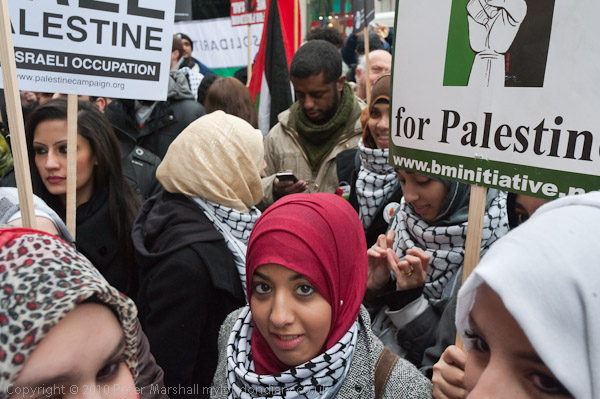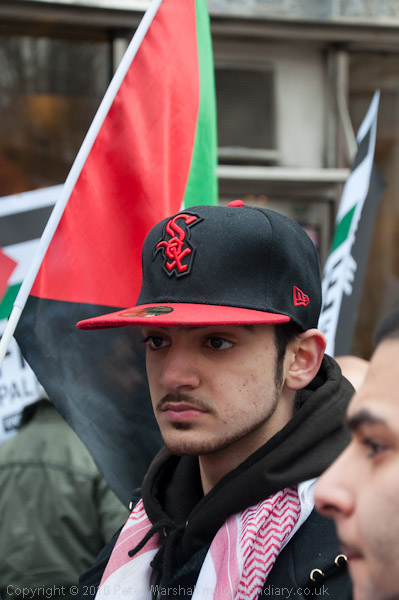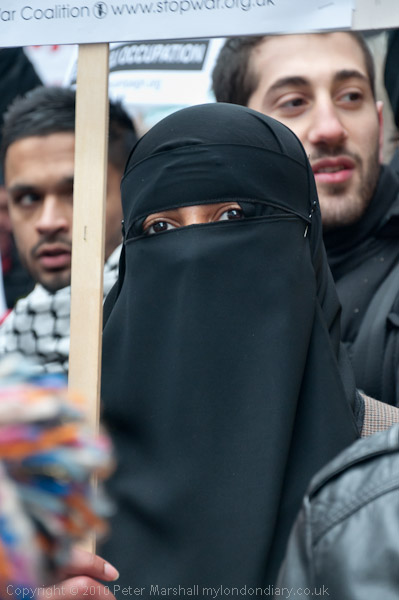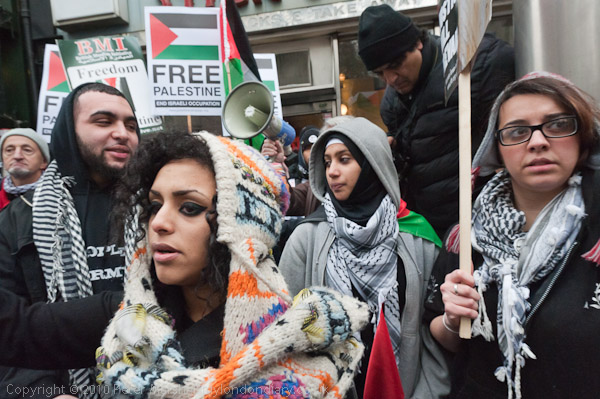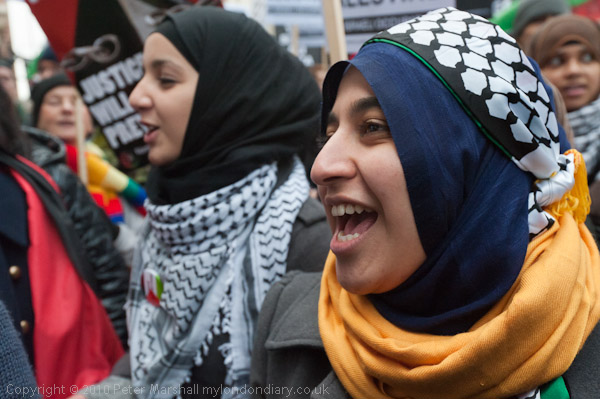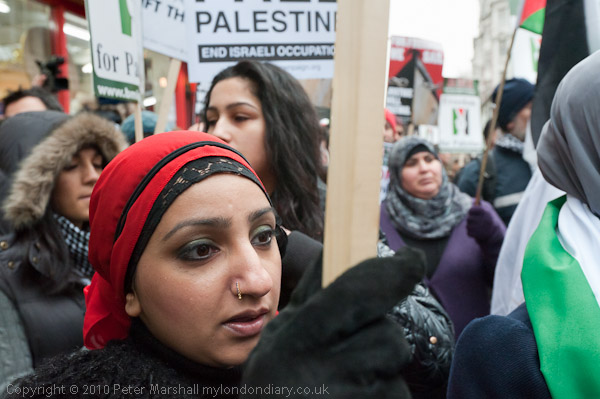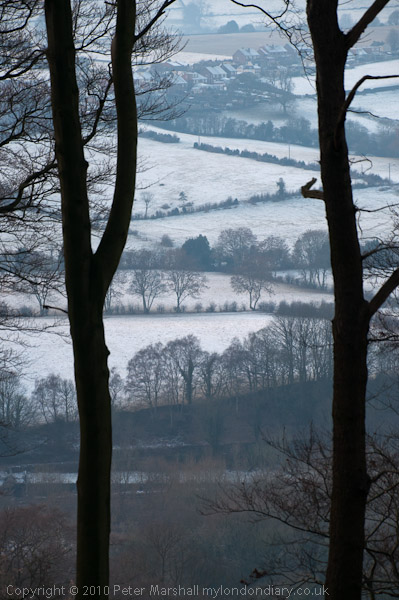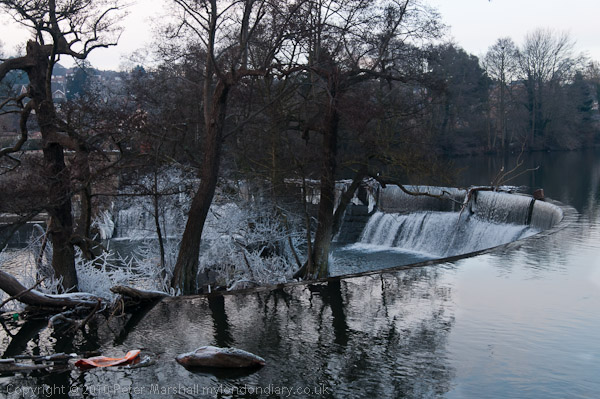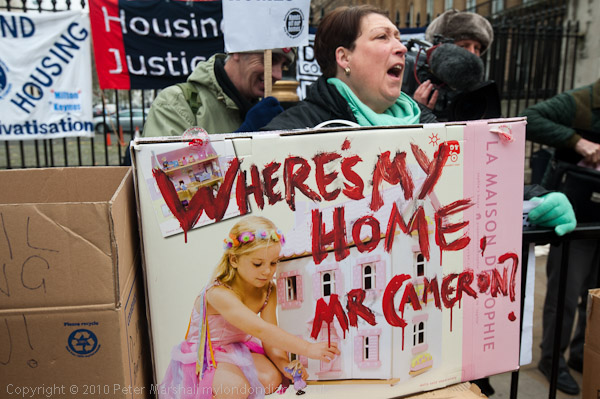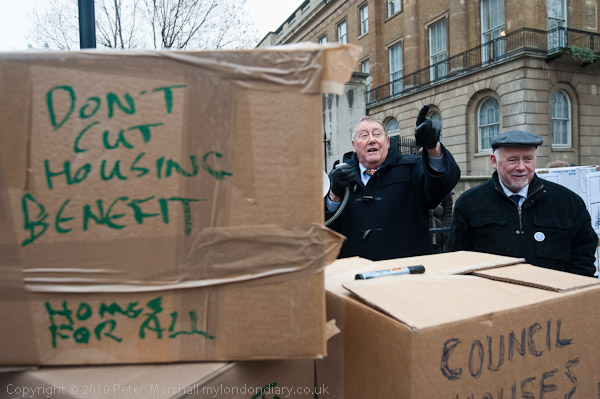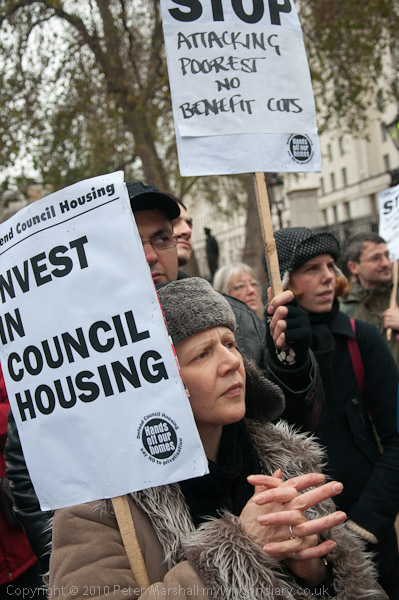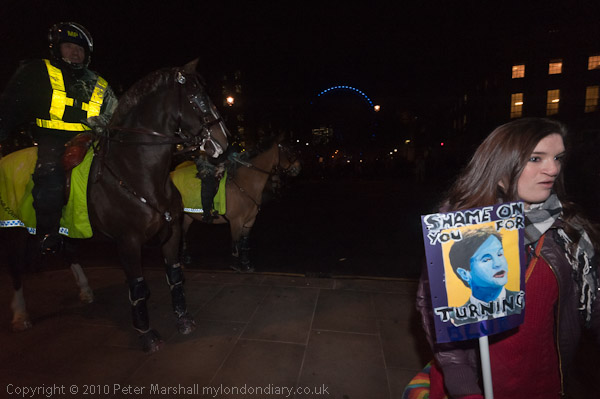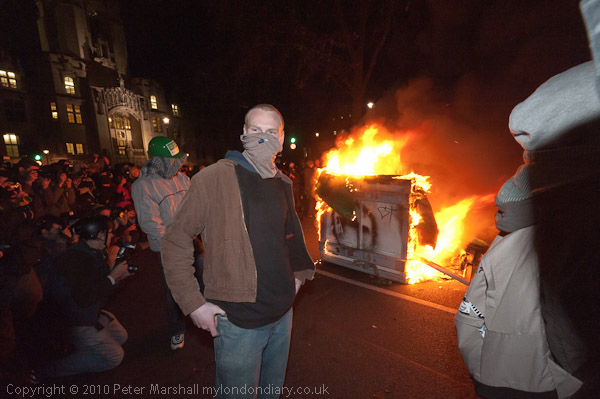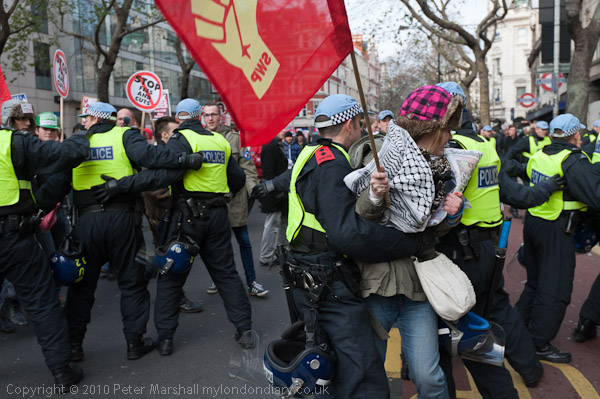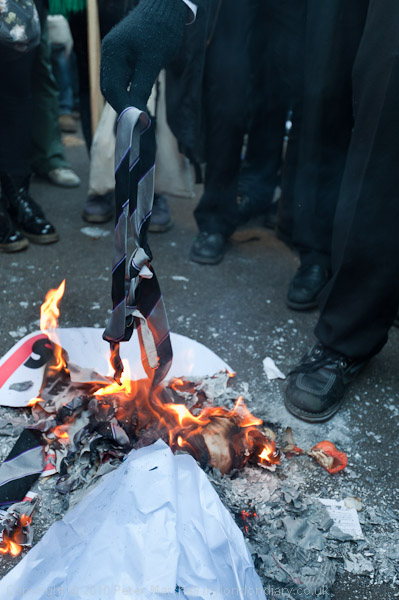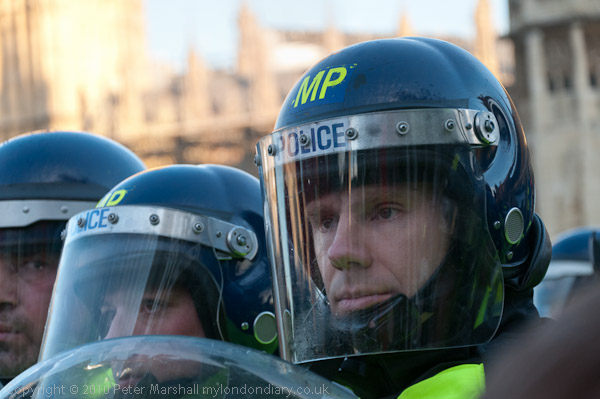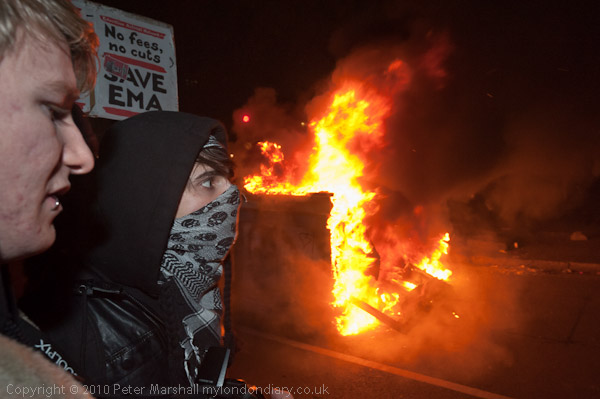Yesterday I spent most of the day sitting in front a a computer. It was damp and rather misty and I needed to rest my foot which has been giving me pain for a few months now, so I turned down the offer of a long country walk with my wife and son, as well as the alternative of photographing the annual New Year’s Day parade in London, and tidied up My London Diary a little.
Every year this diary starts with a new page for the new year, with links to all the months in the year. That presents a small problem, in that when I set the page up, usually early in January, I’ve taken few if any pictures for that year. Most years it has started with a picture from the London Parade – this was the image from 2006:
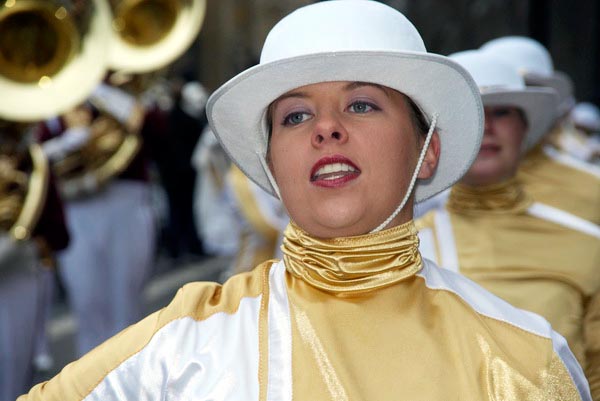
and often that has been the last time I’ve got round to adding anything, although in 2009 I managed a picture from Jan 3 as well!
But this year – on Jan 1 2011 – I got around to updating the 2010 page, putting on a picture that I took in each month of the year.
Here are a couple of them, from August:
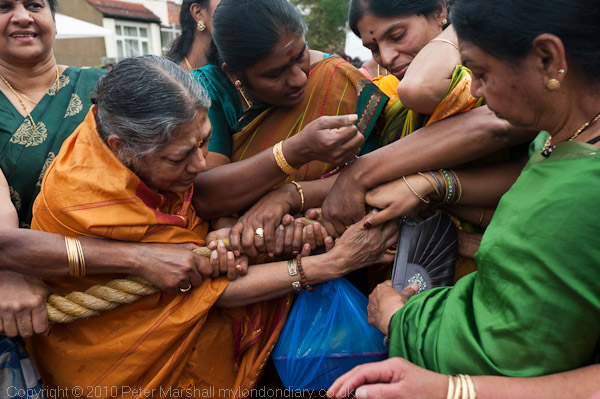
and from September:

and you can find out more about these and see the others on the My London Diary 2010 page.
The 12 pictures there include some of my favourites for 2010, but not all. The pictures I liked weren’t spread out nicely over the year, and there were several in some months but none in others. Also some were perhaps too peripheral to the event to be featured as the only image on the introductory page. Others were ruled out because I took them in portrait format, and the monthly page design works best with landscape format images (the opposite of this blog, where portrait format is better as it allows me to post large images.) And finally I wanted to the 12 between them to illustrate a reasonable range of the kind of events I’ve photographed over the year. So these are not my 12 best images for the year, although they probably include a few of them.
There is also the practical point that picking one from each monthly page was relatively simple – I just had to look through a dozen web pages. To look through all of my work this year and select the best would have been a much larger job, as I find (thanks to Lightroom) that I took over 83,000 in 2010, around 50,000 with the D700, 30,000 with the D300 and a handful with other cameras, a remarkable average of 225 a day. Not of course counting those that I deleted in camera before adding them to my catalogue, or those that I’ve since deleted from the catalogue. So one of my New Year Resolutions must be to take fewer (and better!) images.
